Rare Chinese Characters You May Want To Know
Discover the beauty and complexity of the Chinese language through its rare characters! Chinese characters are known for their intricacy, making the language challenging to learn. We’ve compiled a list of rare characters for you to explore and appreciate.
#1: biáng
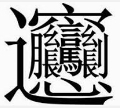
The Chinese character “biáng,” used to represent Biang Biang noodles, is one of the most complex and rare Chinese characters. It has 56 strokes and cannot be found in modern dictionaries or entered into computers.
Biang Biang noodles are a type of hand-made noodles popular in China’s Shanxi province. They are thick and long, like a belt, and topped with lots of red hot peppers, making them a great dish for the cold winters in Shanxi. Originally a poor man’s meal in the countryside, these noodles have become popular in trendy restaurants because of their unique name.
#2: 爨 (cuàn)
Located in the modern-day Mentou District of Beijing, 爨底下 (cuàn dǐ xia) is a village known for its well-preserved Ming (1368-1644) and Qing (1644-1911) dynasty courtyard homes. With about 500 courtyard houses featuring delicate gate piers, distinctive screen walls, and stone, wood, and brick carvings, it’s one of the best-preserved examples of ancient Chinese architecture.
The village gets its name from the character “爨” (cuàn), which means “the stove” in Chinese. At 30 strokes, this character is one of the most stroke-intensive in the Chinese dictionary and is rarely used today. The villagers named their home “cuàn dǐ xia” with the implication being of a shelter to keep away the severe cold and scourge of war.
爨” (cuàn) is considered the most complex and interesting associative-compound character and has no simplified form.
#3: 馕 (náng)
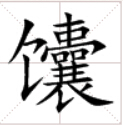
The complex character 馕 (náng) has 25 strokes. It is a type of Xinjiang-style bread made by the Uighurs, a Muslim Chinese ethnic minority in China’s northwest. The best way to enjoy 馕 (náng) is to eat it straight out of the oven.
#4: 貔貅 (píxiū)
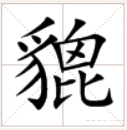
貔貅 (píxiū) is a popular Feng Shui item that people place in their homes or offices to bring in good luck, ward off evil, prevent catastrophes, and provide protection. It’s also carried on the body to enhance personal luck. Feng Shui masters often recommend 貔貅 (píxiū) to their clients because of its effectiveness in enhancing luck and protecting homes and offices.
#5: 饕餮 (tāotiè)
饕餮 (tāo tiè) , a term for a ferocious mythical animal, is now mainly used in the idiom “饕餮盛宴(tāotiè shèngyàn)” which means “gluttonous feast”. This phrase is widely and commonly used today.
#6: 齉 (nàng)
The Chinese character 齉 (nàng) has 36 strokes and is listed in the “Contemporary Chinese Dictionary”《现代汉语词典》. An example sentence from the dictionary is:
他感冒了,说话有点齉鼻儿. (Tā gǎnmàole, shuōhuà yǒudiǎn nàng bír.) – He had a cold and sniffled when he spoke.
#7: 龖 (dá)
龖 (dá) has 32 strokes and resembles a dragon walking. It is the same in both simplified and traditional script. Although it is seldom used in real life, and is not listed in the “Contemporary Chinese Dictionary”《现代汉语词典》, it is still worth mentioning here.
#8: zhé
The character with the most strokes in Chinese is (zhé), with 64 strokes and four identical components . It means “to natter” or “talk excessively,” which is a fittingly irritating definition
Have Any More Rare Chinese Characters? Share Them with Us!
Chinese characters have a rich history and culture behind them, with many rare and interesting characters still in use today. While some of these characters may seem obscure or difficult to understand, they offer a glimpse into the complexity and beauty of the Chinese language. By learning about these rare characters, we can gain a deeper appreciation for the nuances and intricacies of Chinese writing, and perhaps even gain insight into the history and culture of China. If you know any more really rare ones, share them with us below.

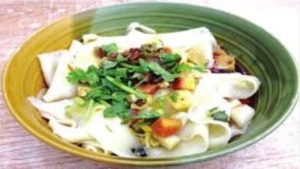
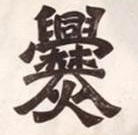
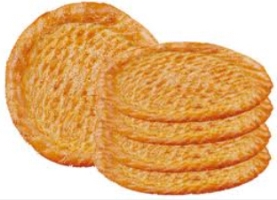
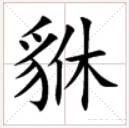
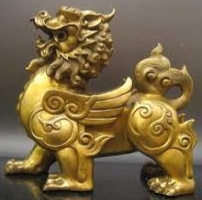
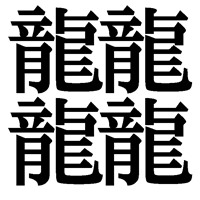



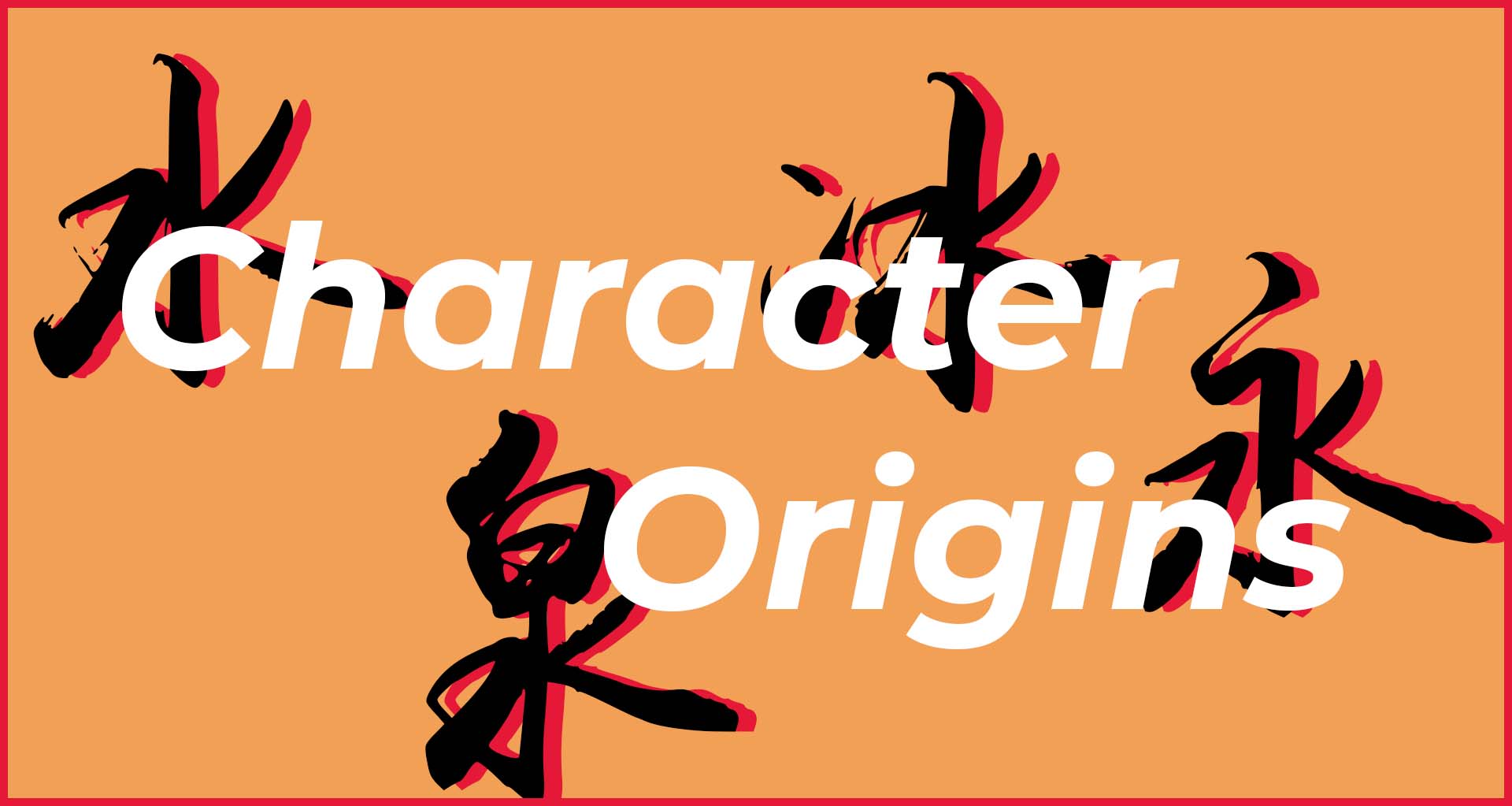
https://www.youtube.com/watch?v=FdRz6kpNORQ
Does anyone know the surname 揭? And what does it mean??
Reply to ‘stranger’
I found this character in my Japanese etymological dictionary. It is a variant form of a similar character and means to hoist or raise up, make conspicuous. I don’t know how or if this meaning is also carried on to the surname. The Chinese (Mandarin) is pronounced jiē.
I could post a photo of the character and its variant and etymology if that facility existed, or happy to share if email is supplied.
Yes, I do. My mother’s last name is 揭.
According to the family tree record, this last name is related to a place (jieyang揭阳) in Guangdong province. That place was granted to a general as his fief by the emperor in Han dynasty (about 2000 years ago). The emperor also changed the last name of the general to 揭.
https://uploads.disquscdn.com/images/7cdeb570d5640fc8116d7712215d4ebdda23215a8c05e5e618899a2a7ece8260.png
Does any one know how to locate this character in the internet? I have tried many sources of chinese charaters with no luck.
虞, same thing
The most complex is huang, with 172 strokes.